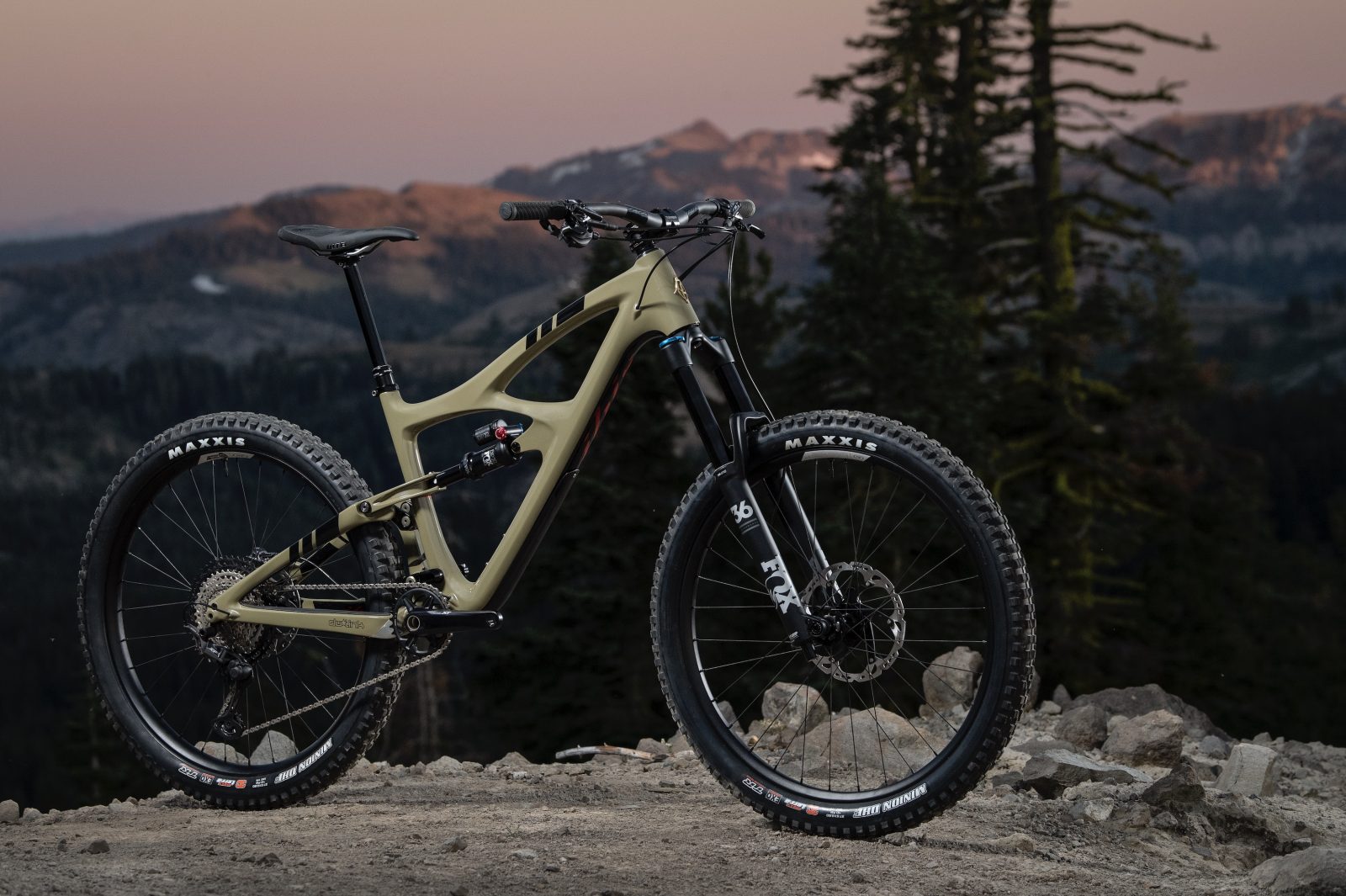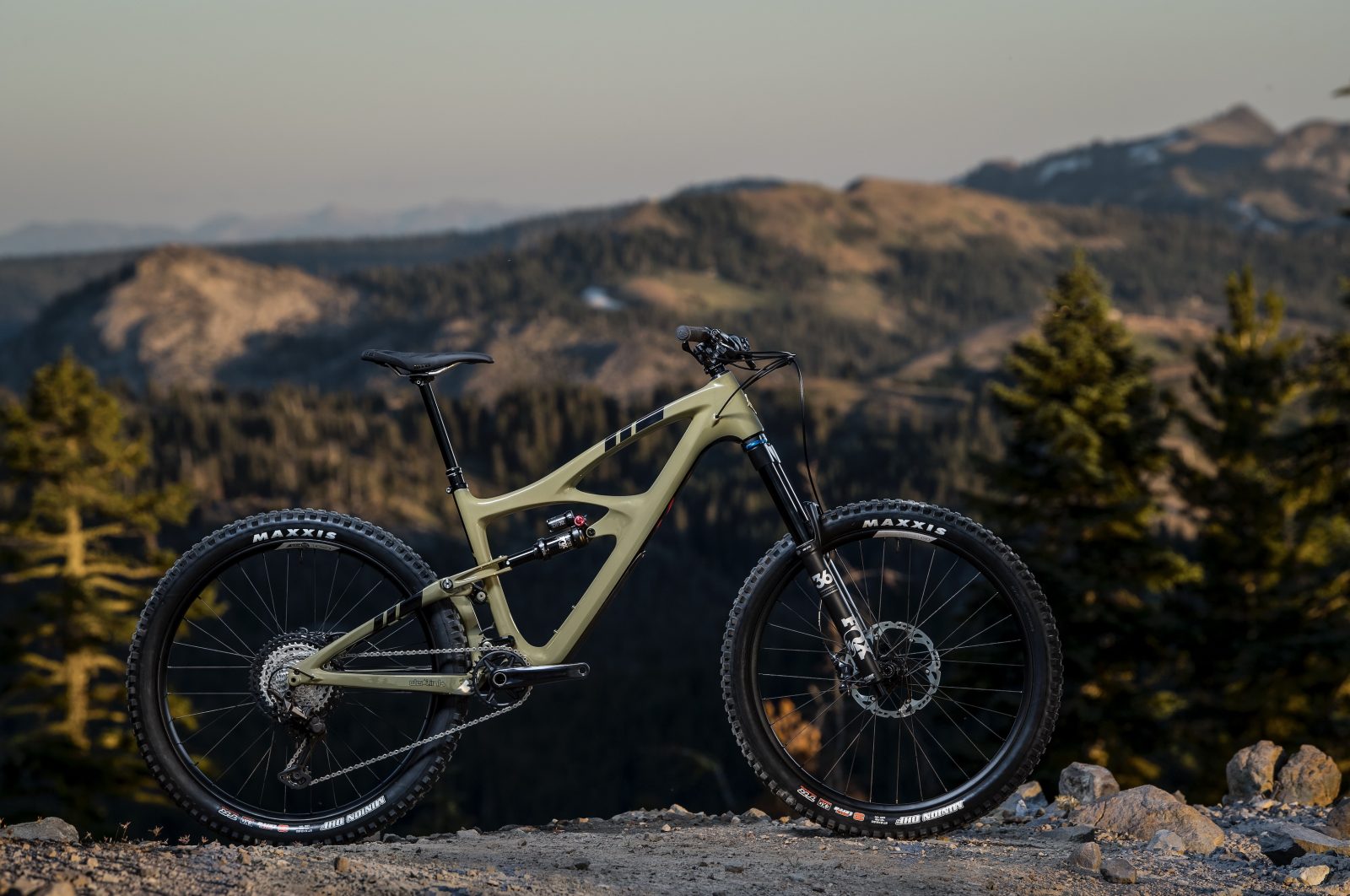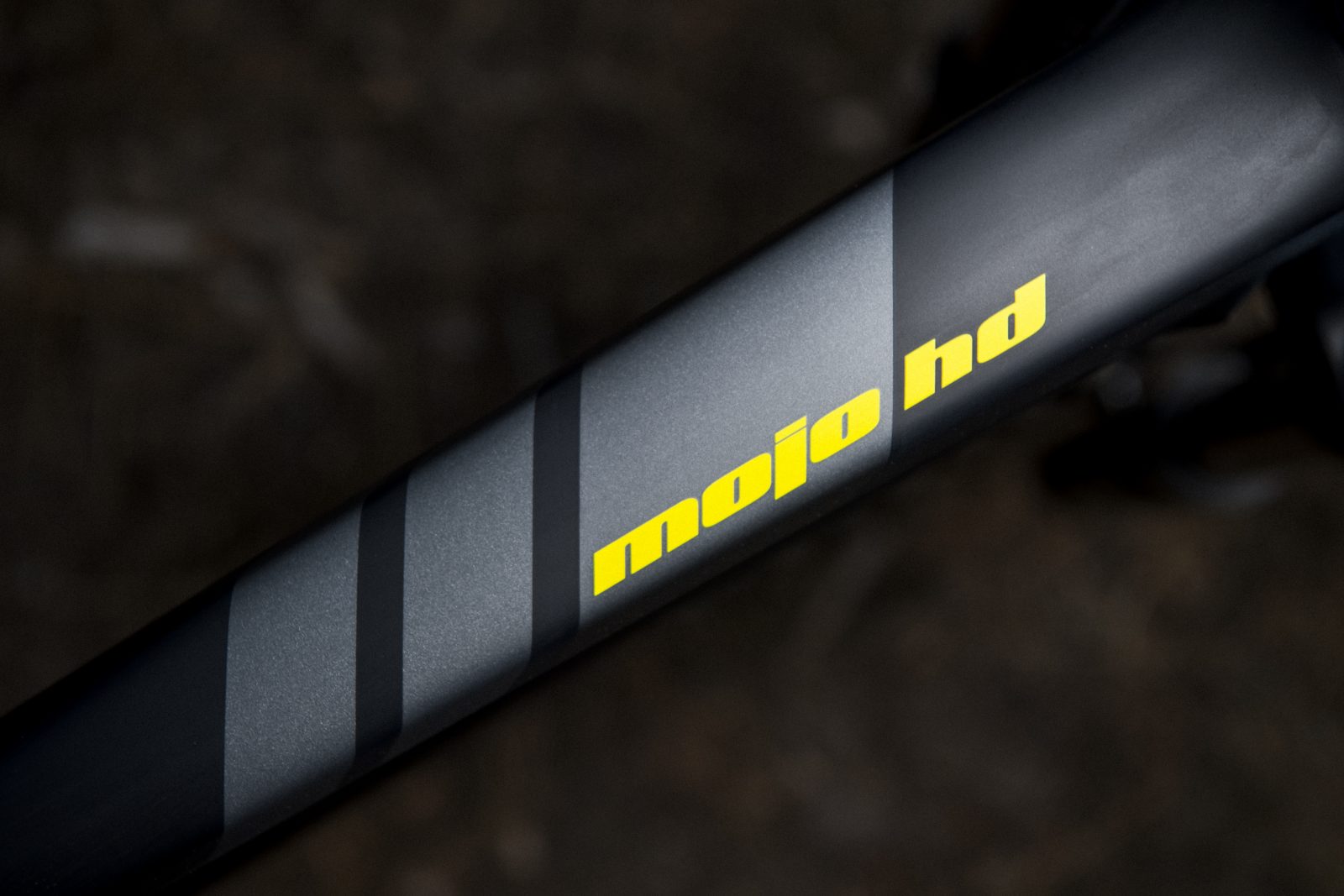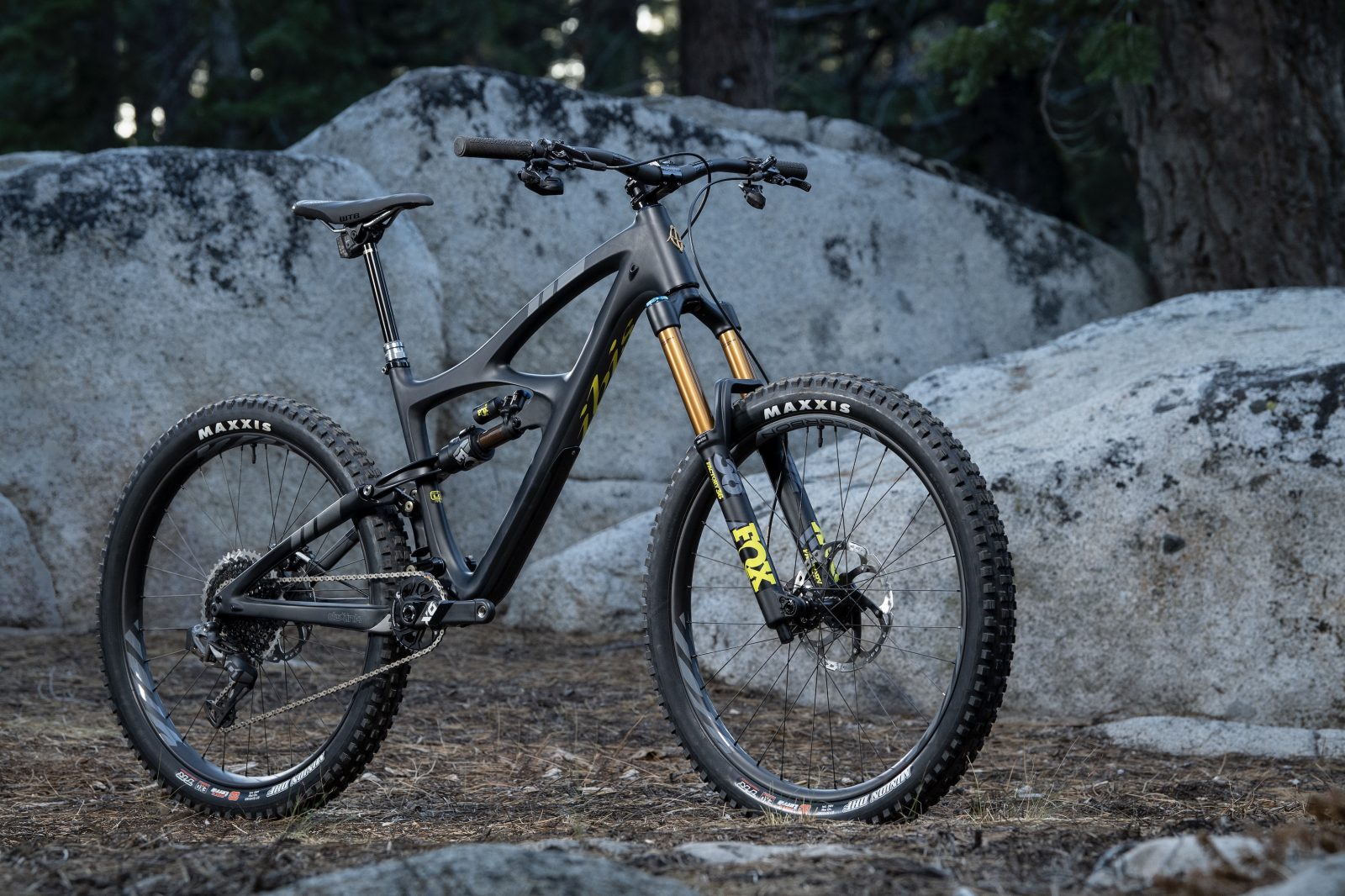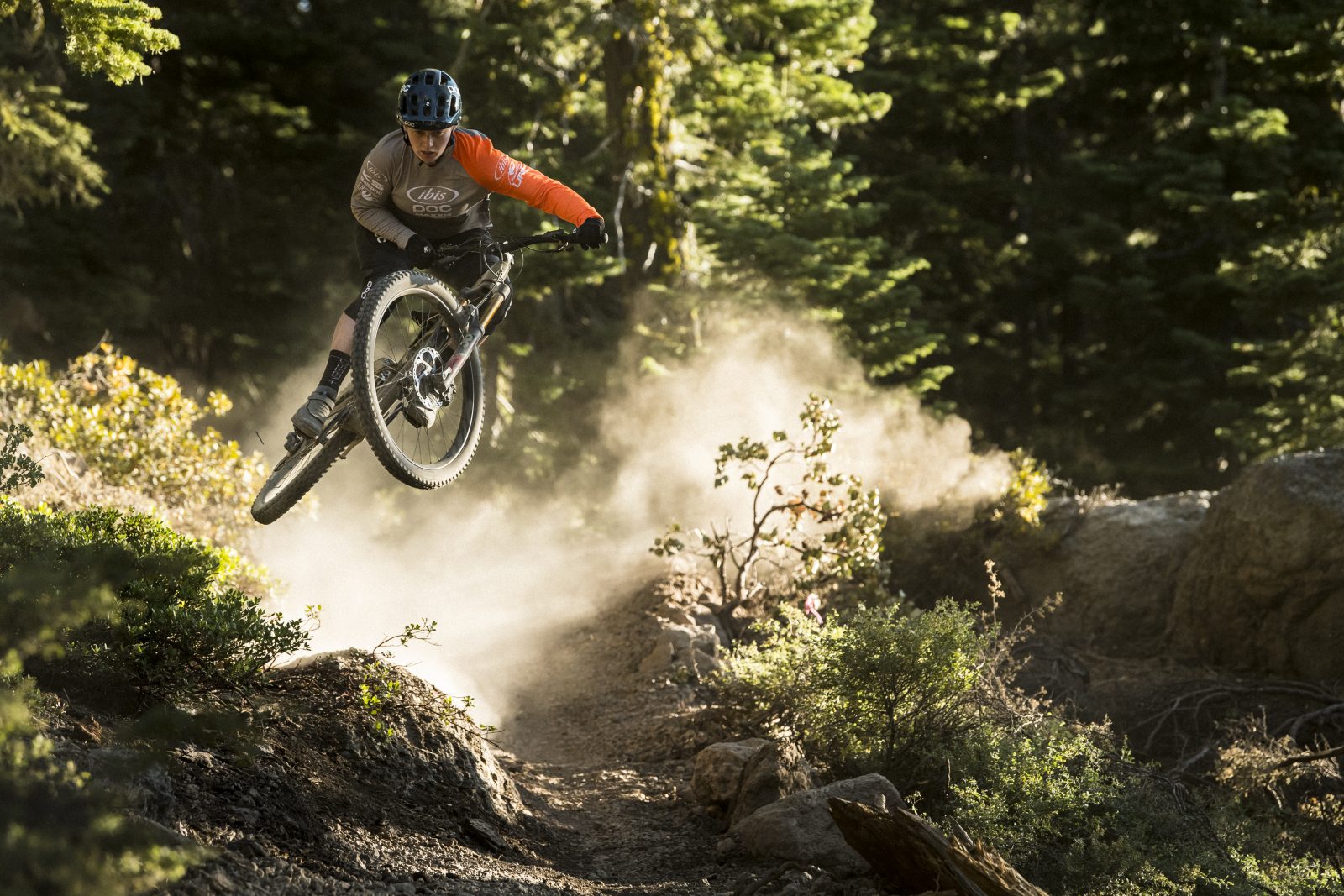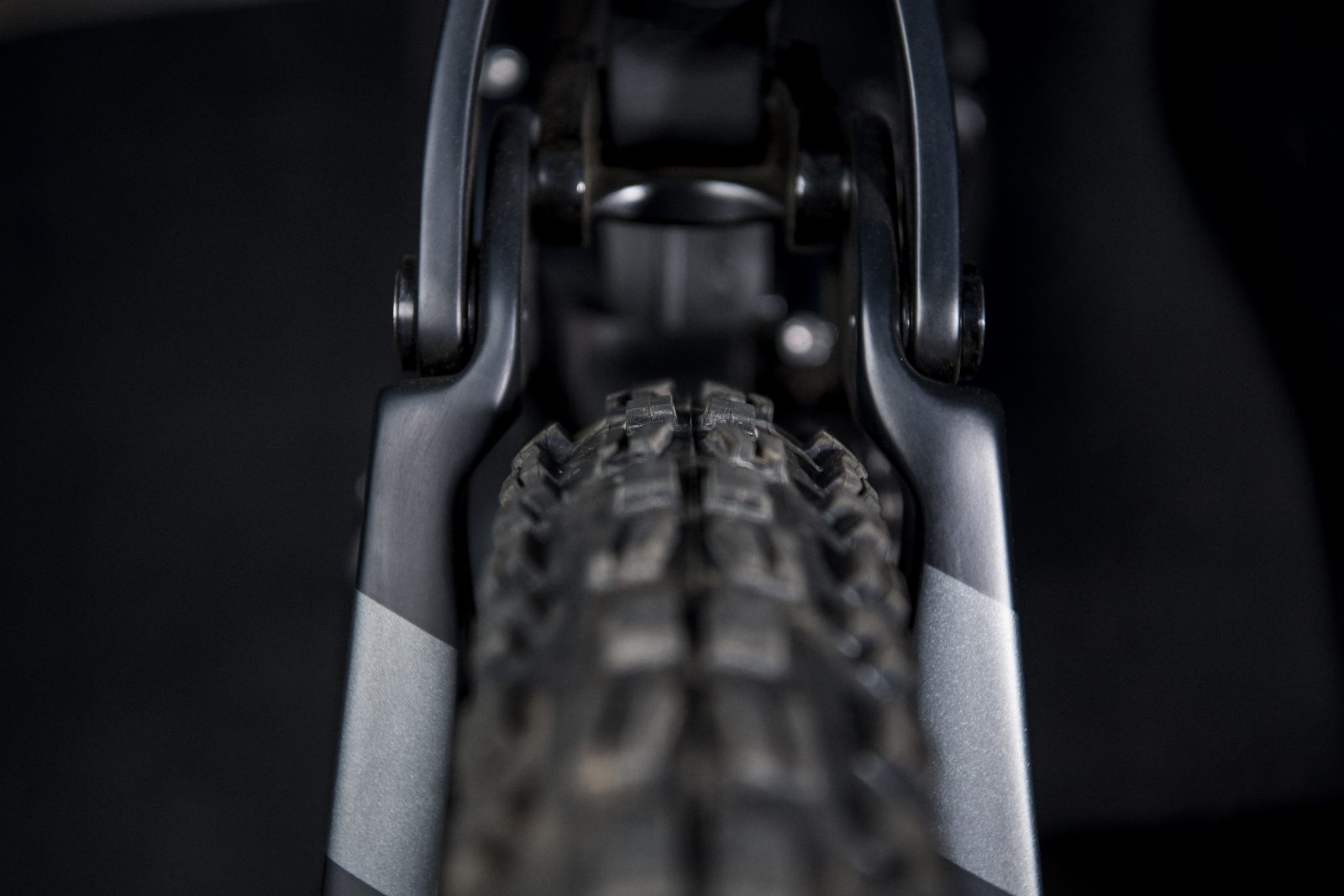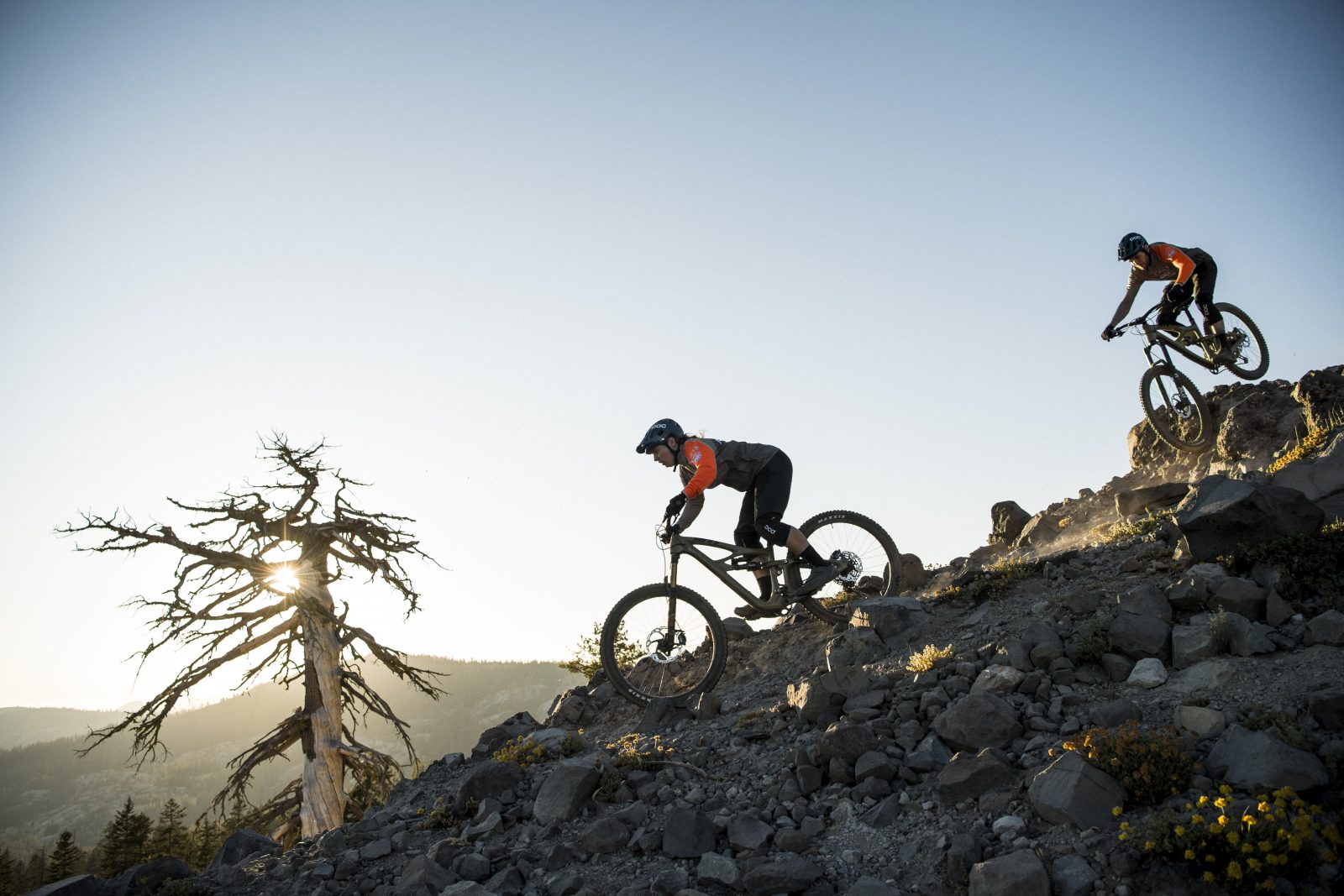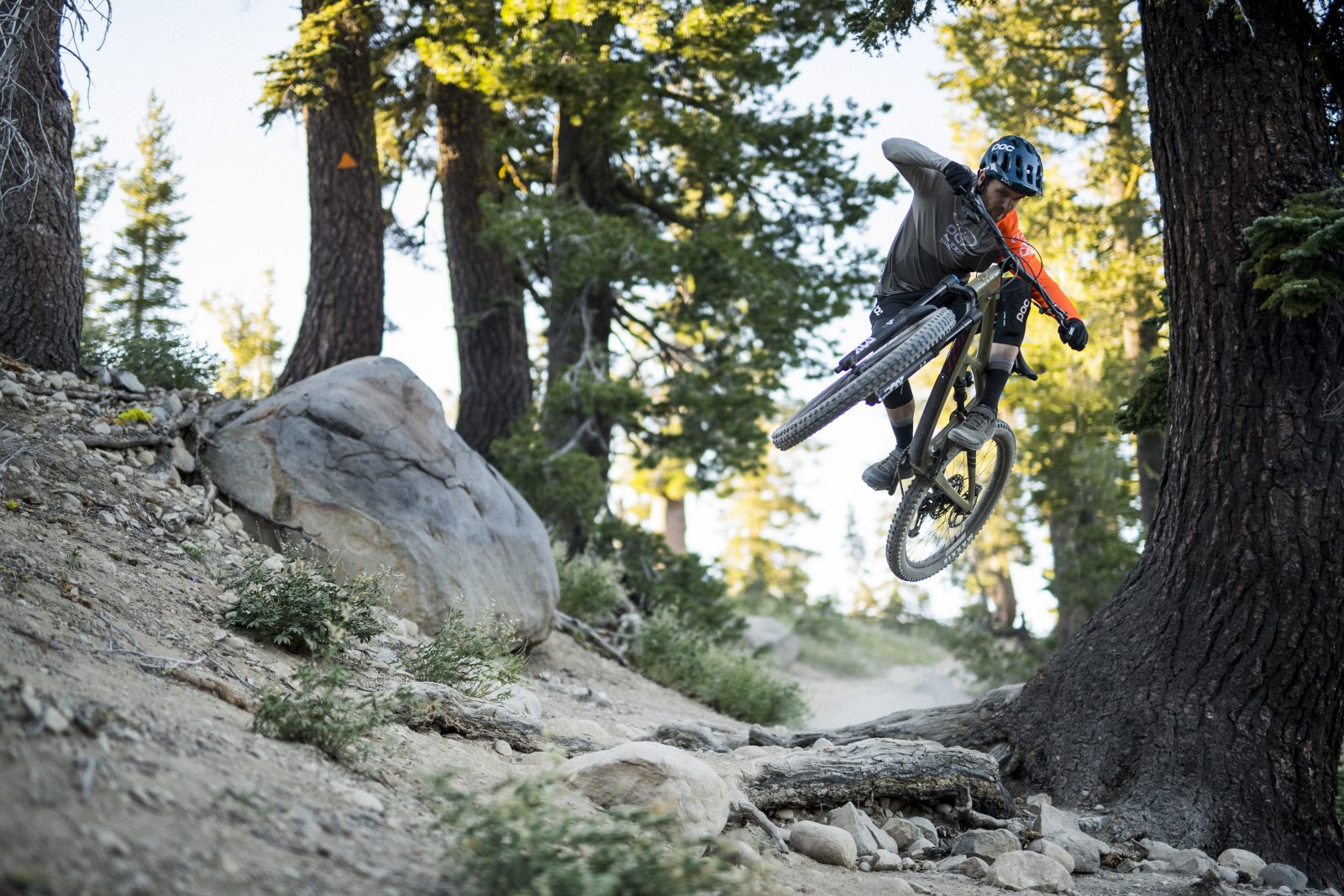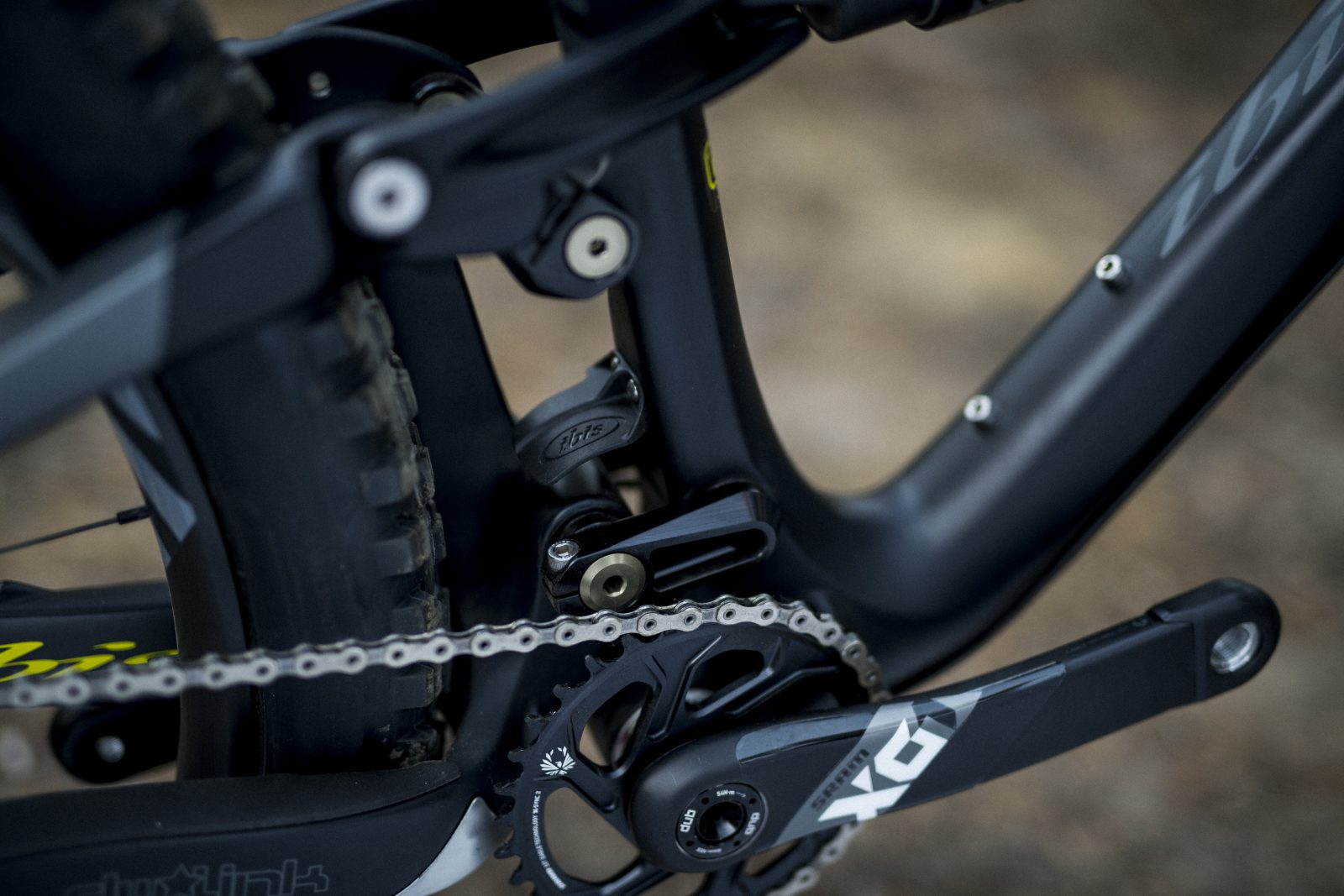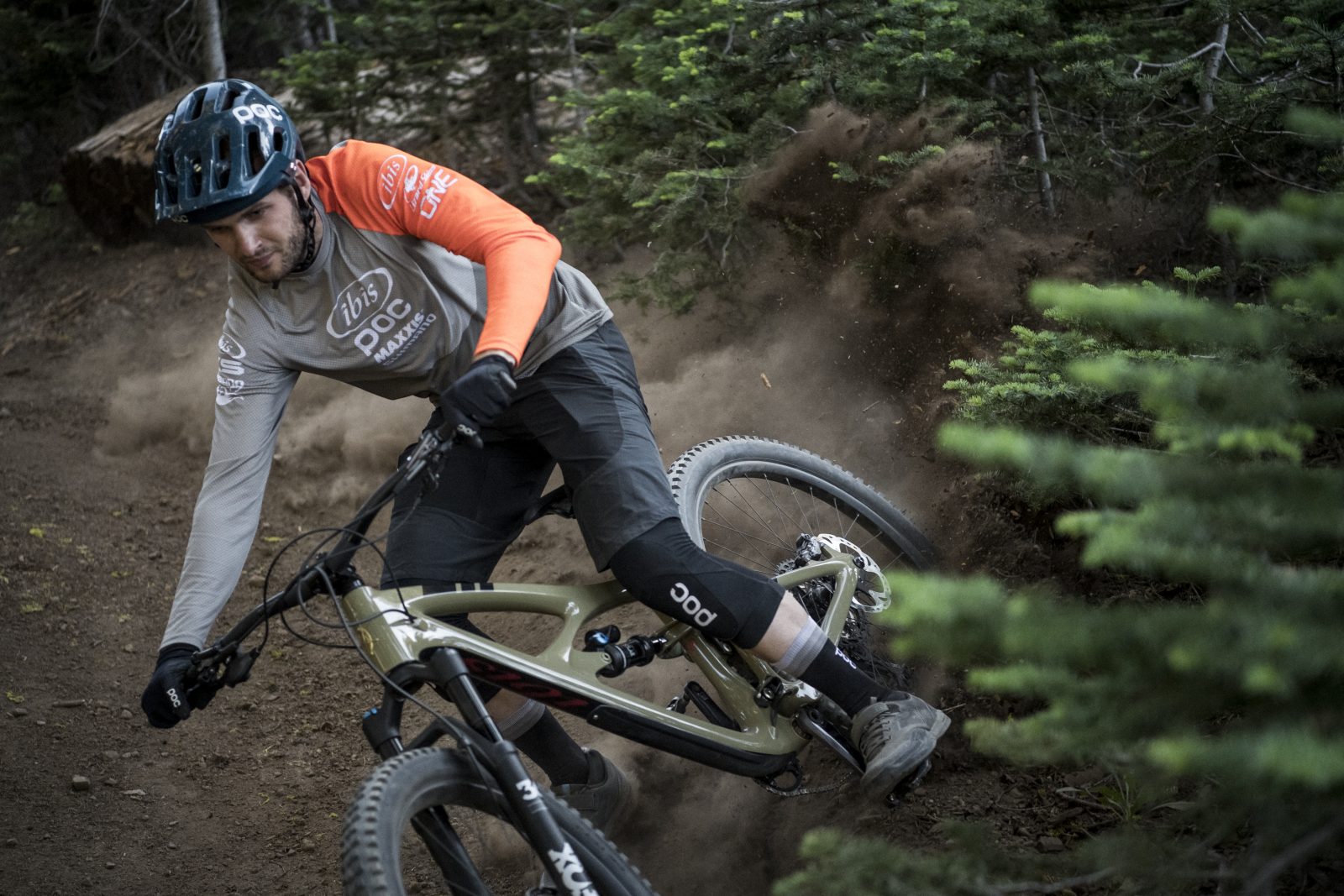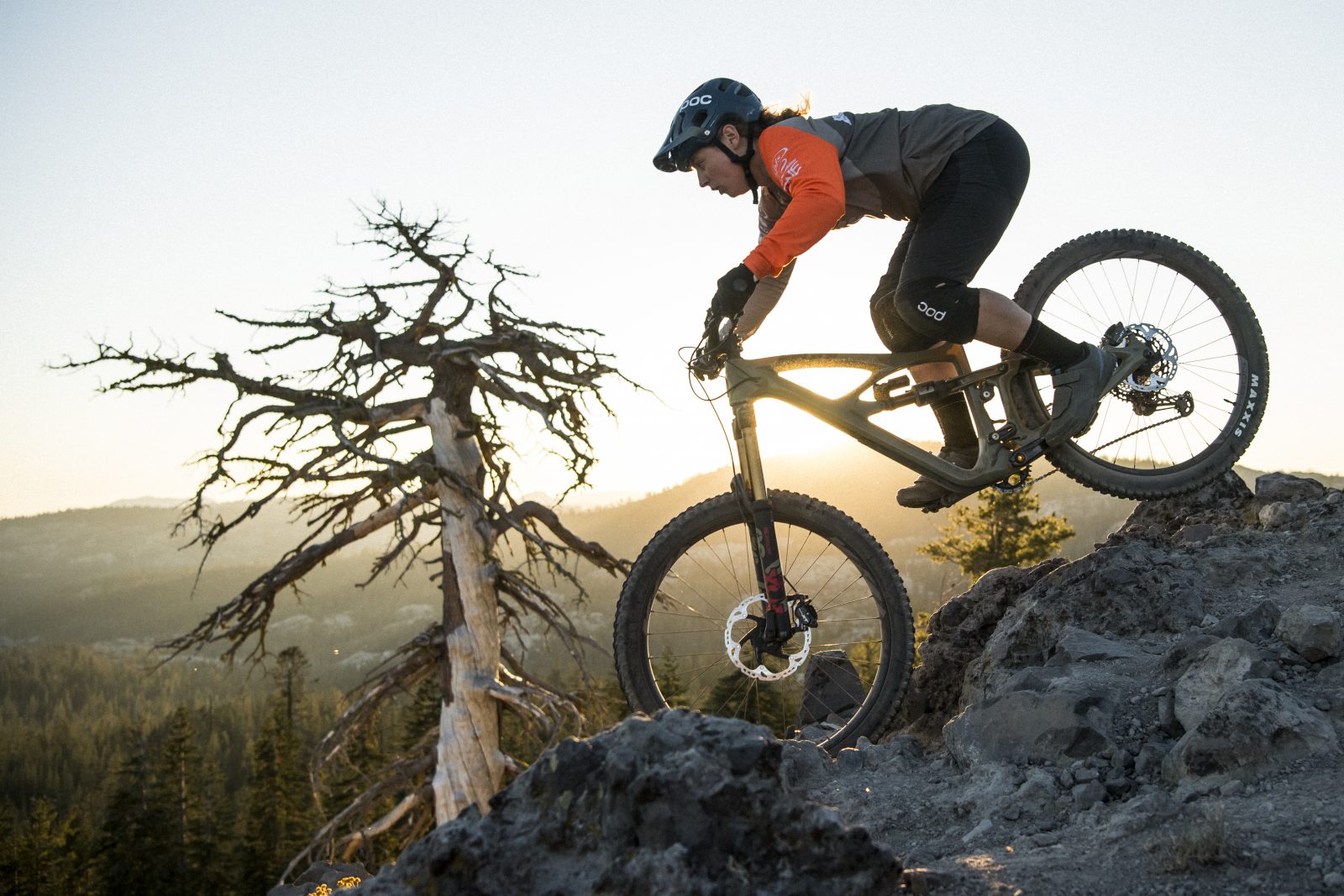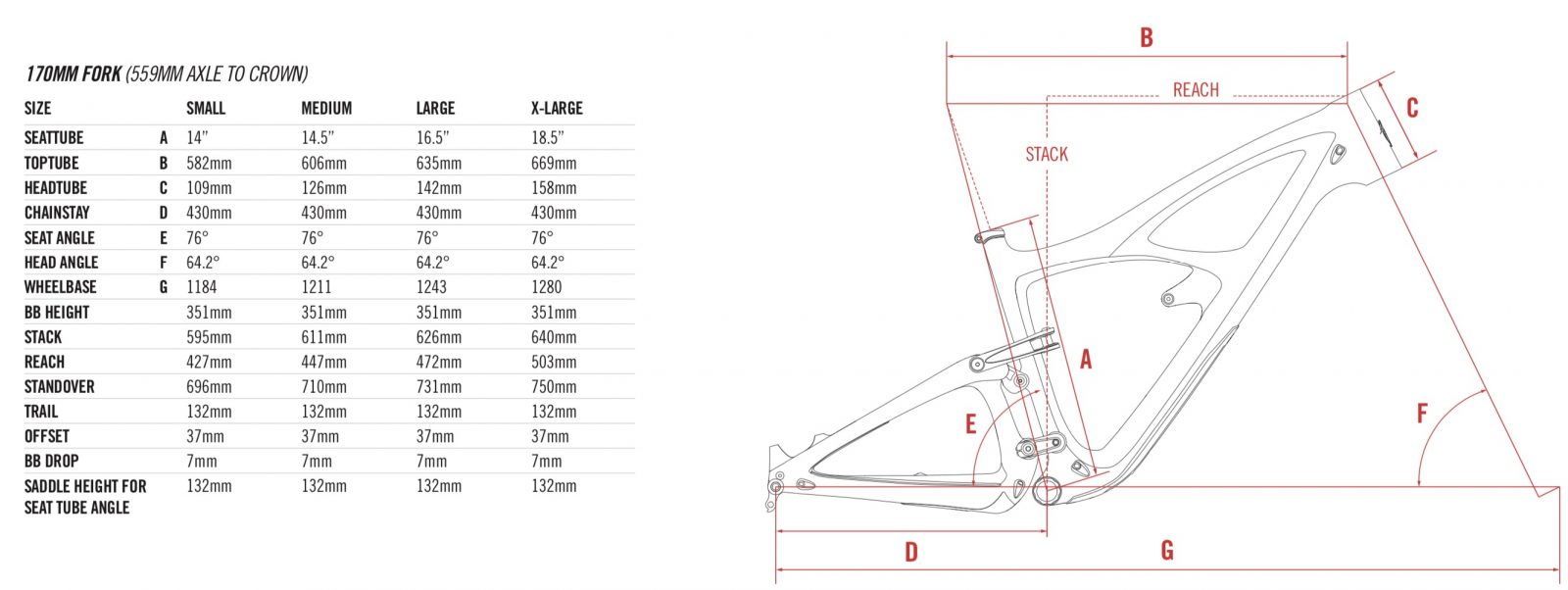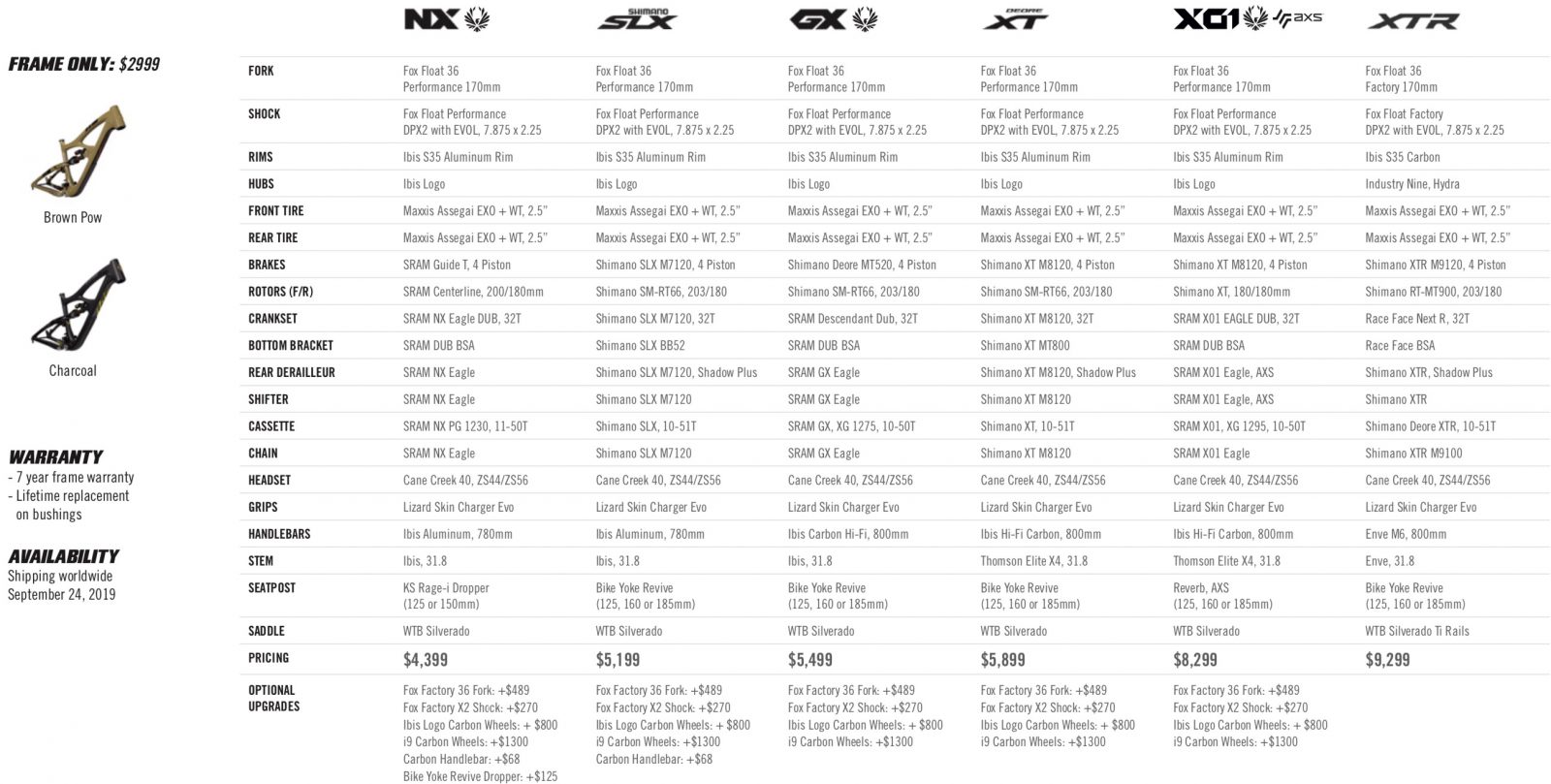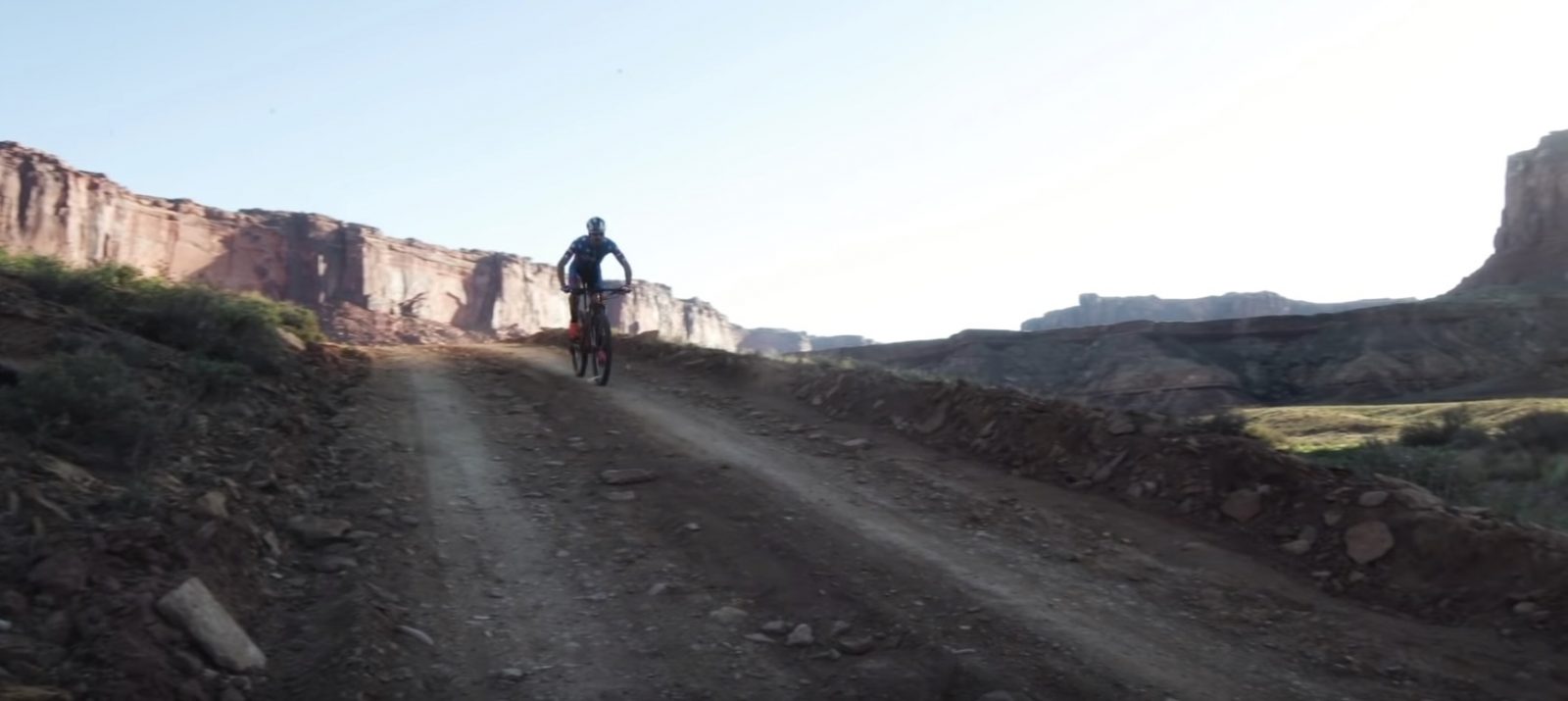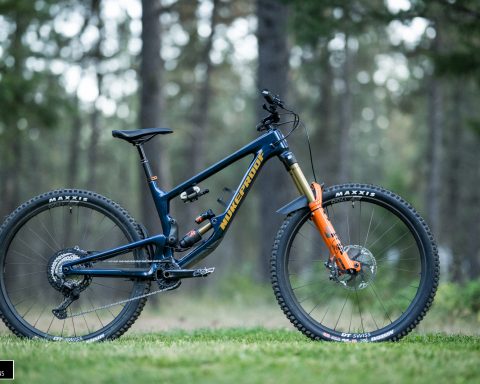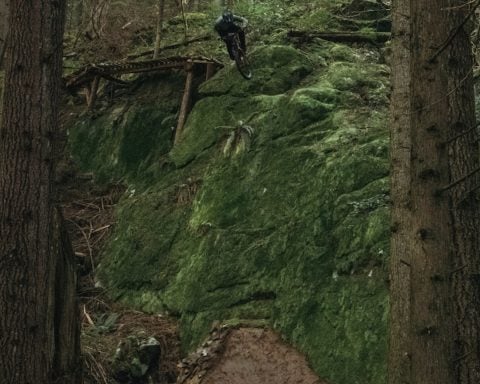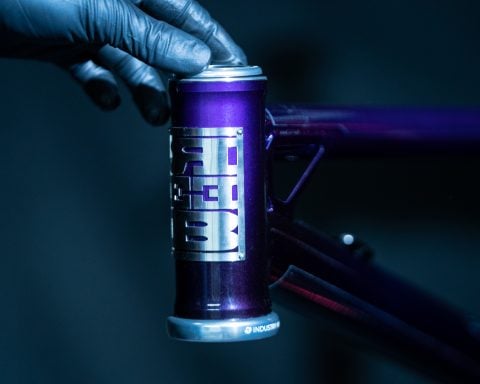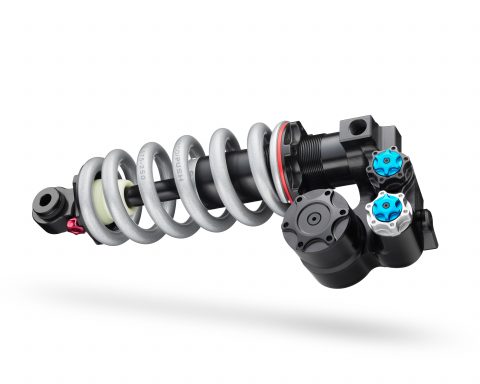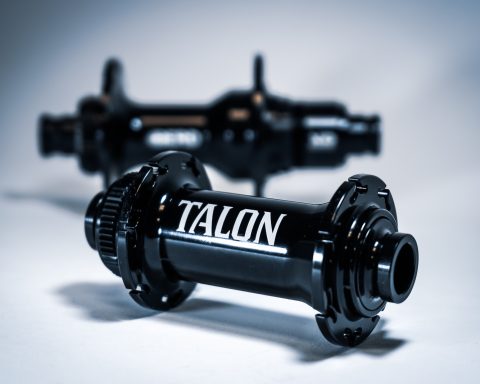
[Press Release] – The Mojo HD is proof that descending prowess doesn’t have to limit climbing capability. When we unveiled the updated HD4 in 2017, it promptly went on to bag the overall EWS team win while still maintaining that unbothered, cloud-like, Ibis climbability. It brought racer requests to frame design: slacker, more tire clearance, increased reach, and more room for longer droppers.
And with the new HD5, rather than just listen to EWS team requests, we’re moving one step further. We observed racers’ setup preferences and we’ve also revisited our understanding of vertical travel, augmenting gravity and enhancing climbing. Descending better and climbing better? Yes, contradictory as that may seem, it’s more than achievable.
First, we took a couple cues from the Ripmo’s playbook, notably with geometry and the Ripmo’s travel pairing. The HD5 moves a full 2 degrees steeper in its seat-tube angle—from 74 to 76, but keeps the same top-tube length. This means you gain more reach (17mm on the Large, 12mm on the Medium), a better climbing position, but not unnecessarily long or unwieldy front end. The bonus is that even though things still have a familiar positioning feel, you gain a longer overall wheelbase for added stability.
One thing we learned with the Ripmo is that over forking actually creates an even feeling to suspension. This at first seemed odd, but in looking closer, it makes sense. Fork travel moves on the axis of the headtube angle. So while you may use all 170mm of the HD5’s fork, you’re actually only traveling 153mm vertically, which exactly matches the HD5’s rear travel. This is what gives the HD5 an even, confident feel with a 170mm fork and 153mm of rear travel.
The HD5 is also our first platform to receive our new Traction Tune suspension. Our custom tuned front and rear suspension feature extra light high speed compression and rebound damping to deliver unparalleled traction. This combination allows the wheels to react quickly to terrain, so your bike can absorb and track over bumps like a trophy truck blasting through high speed whoops. More info is available in a separate PDF.
We went with a reduced-offset fork to give a steadiness at speed that suits the HD5’s gravity-oriented nature. To also suit that, we increased dropper capability further—Mediums now fit 175mm posts and Smalls fit 150s.
Next, we took a look at racers’ stack heights. Many run a mountain of spacers beneath their stems. So, we’ve increased stack heights across frame sizes to better match handlebar heights to head-tube lengths—slam your stem or throw in a spacer or two, it’s where it should be from the start.
At the same time, we slackened the head-tube angle by increasing fork travel—the HD5 is designed around a 170mm fork. This decreases the head tube to 64.2 degrees from 64.9 on the HD4 (which was designed around a 160 fork).
Also borrowing from the Ripmo are the IGUS hermetically sealed bushings on the lower link and clevis in place of the HD4’s cartridge bearings. In areas of high load and minimal rotation, bushings are substantially more durable and since the Ripmo continues to be trouble free and buttery smooth, the HD5 also shares our lifetime warranty on suspension bushings.
Ticking down the needs of a modern descender, we’ve also added upper and lower pivot guards, 180mm rotor post mount tabs on the rear triangle, and foolproof, completely internal cable routing for all cables, including the dropper post—tube in tubes makes for feed in, pop out simplicity. Despite dramatic improvements and increased stiffness, frame weight remains unchanged.
For those with drawn-out, challenging descents but who earn their way to that otherwise onerous descent, the HD5 calmly and efficiently pedals to the top amicably. And, true to its origins and intentions, it devours its way down.
FACTS
• 27.5” Wheels
• 170mm front travel
• 153mm dw-link rear travel
• 2.6” tire clearance
• Carbon front and rear triangle
• Available in four sizes S-XL, fits riders between 5’ and 6’6 • Frame weight of 5.6 lbs without shock
• Available with Fox Float DPX2 or Fox Float X2 shock
• Complete builds starting at 28 lbs/ 12.7 kg
DETAILS
• Threaded BB (73mm BSA)
• ISCG 05 compatible with removable adapter
• 37mm fork offset
• Steep 76 degree seat tube angle
• In-frame molded cable tunnels
• Bottle cage mount inside front triangle
• Size M-XL compatible with 170mm+ droppers, 125-150mm for smalls
• Polycarbonate downtube protector and molded rubber swing arm protectors • IGUS bushings in lower link, bearings in upper link
• 200×57 shock size
• Post mount 180 rear brake
• 203mm max rotor size
• 1x specific design
• Boost 148 spacing
• Tapered headtube and steerer: ZS44 upper, ZS56 lower
GEOMETRY
PRICING
• Complete builds start at $4,399
• Frame only w/ DPX2 shock start at $2,999
WARRANTY
• Seven year frame warranty
• Lifetime replacement on bushings

